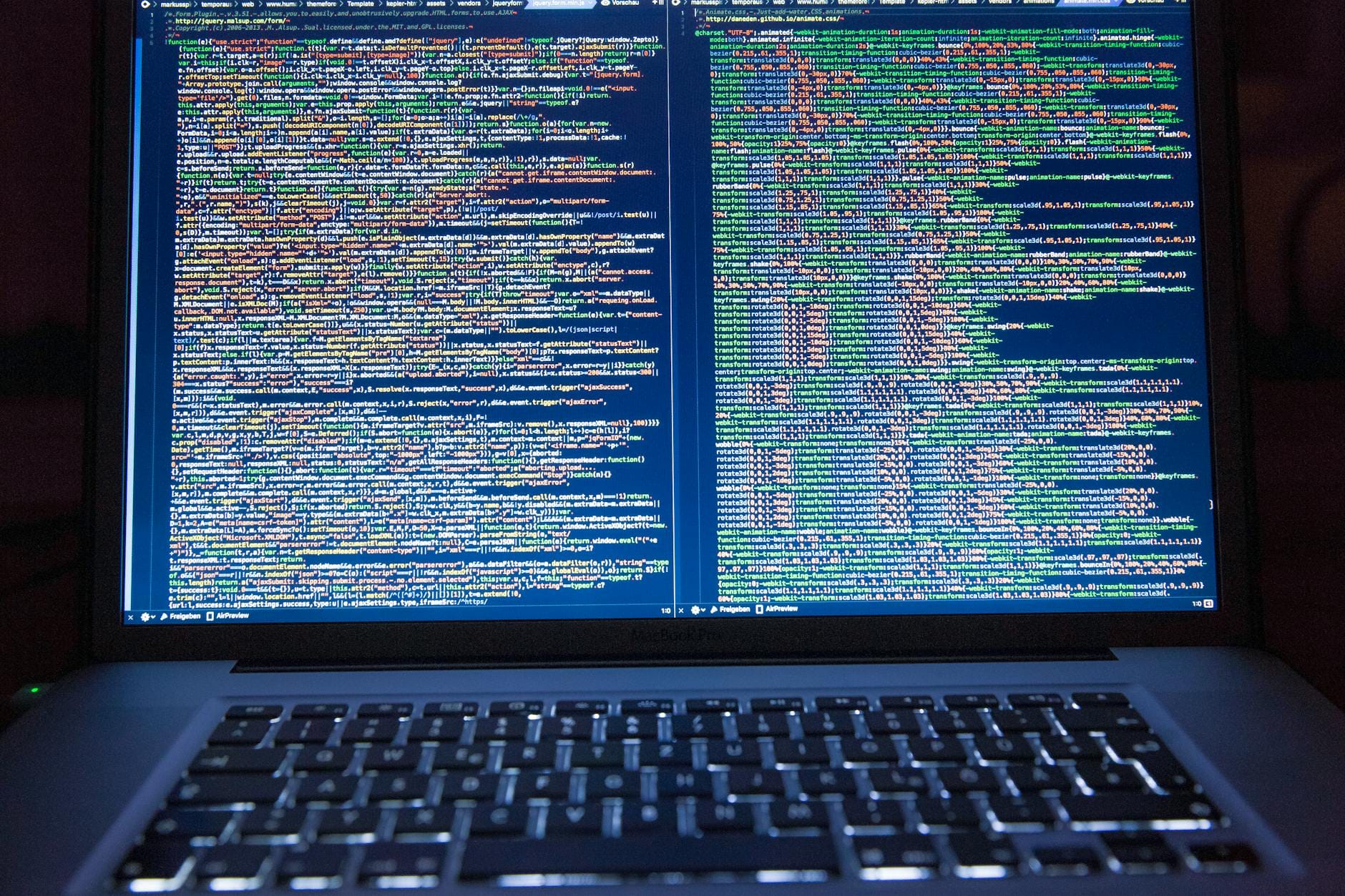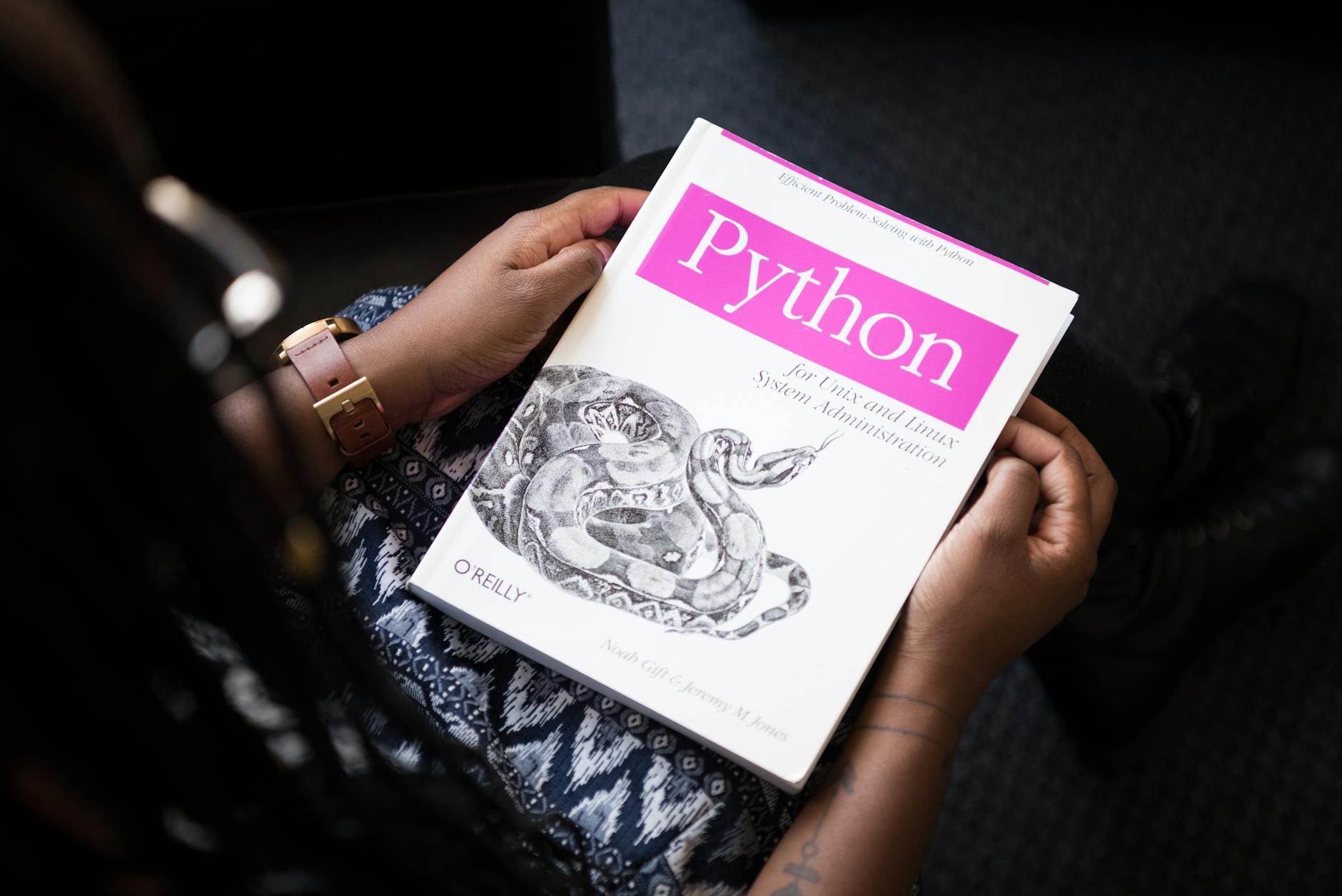In the fast-paced programming world, achieving the right balance between work and personal life can be elusive. This blog explores how programmers can harness simple habits like sipping coffee while coding to master work-life balance and lead a fulfilling lifestyle.
Table of Contents
- Introduction
- Why Work-Life Balance Matters for Programmers
- The Role of Coffee in a Programmer’s Life
- Strategies to Balance Work and Life
- Creating a Coffee and Code Routine
- Staying Productive Without Overloading
- Conclusion
Introduction

Introduction
“Code and Coffee” has become synonymous with the programmer’s lifestyle. While the aroma of coffee fuels creativity, balancing the demands of coding projects and personal well-being requires more than just caffeine. In this blog, we dive into how programmers can integrate effective strategies to excel at work and maintain a satisfying life beyond the screen.
Why Work-Life Balance Matters for Programmers
Work-life balance isn’t just a buzzword; it’s essential for mental and physical well-being. Programmers often deal with tight deadlines, complex problem-solving, and ever-evolving technologies, leading to burnout if balance is neglected.
Key Benefits of Work-Life Balance
- Enhanced Productivity: Short breaks and hobbies improve focus.
- Mental Health Boost: Prevents stress and anxiety.
- Better Relationships: Spending quality time with loved ones fosters stronger bonds.
According to a study by Harvard Business Review, programmers who prioritize balance are 30% more efficient than those who don’t.
The Role of Coffee in a Programmer’s Life
Coffee is more than a beverage; it’s a ritual. For programmers, it provides a cognitive boost, enhances focus, and is a creative trigger.
Coffee as a Productivity Catalyst
- Boosts Concentration: Caffeine improves alertness and coding efficiency.
- Encourages Breaks: Coffee breaks offer mental relaxation.
However, moderation is crucial. Overconsumption can lead to dependency and anxiety. Balance your coffee intake with hydration and healthy snacks.
Strategies to Balance Work and Life

Work and Life
Achieving work-life balance isn’t a one-size-fits-all solution, but these strategies can make a difference:
1. Set Clear Boundaries
Define work hours and avoid overtime unless necessary.
2. Prioritize Tasks
Use tools like Trello or Asana to organize tasks by urgency and importance.
3. Embrace Regular Breaks
The Pomodoro Technique, which includes 25-minute work intervals followed by 5-minute breaks, can prevent fatigue.
4. Practice Mindfulness
Incorporate meditation or yoga into your daily routine to reduce stress and enhance focus.
Creating a Coffee and Code Routine
A well-structured routine can keep you energized and motivated:
- Morning Kickstart
Begin your day with a cup of coffee while planning your to-do list. Use this time to prioritize tasks for the day. - Midday Recharge
Enjoy a light snack with coffee during lunch to recharge and reflect on your progress. - Evening Relaxation
Unwind with decaffeinated coffee or herbal tea while journaling or engaging in a hobby.
You create a positive reinforcement loop that boosts productivity by associating coffee with specific tasks.
Staying Productive Without Overloading
While “Code and Coffee” is an enjoyable routine, balance is essential. Here’s how to stay productive without overburdening yourself:
- Delegate Tasks: Share responsibilities with teammates when possible.
- Use Automation: Leverage tools like GitHub Actions to streamline repetitive coding tasks.
- Limit Distractions: Use focus apps like Forest to minimize interruptions.
Additionally, schedule “me-time” to pursue personal interests like gaming, reading, or traveling.
Extra Tips

Extra Tips
1. Practice the Two-Minute Rule
If a task can be done in two minutes or less, do it immediately. This prevents small tasks from piling up and creating stress.
2. Adopt a Digital Detox Hour
Set aside one hour each evening to unplug from screens. Use this time to connect with family, read a book, or relax.
3. Batch Similar Tasks
Group similar tasks together to reduce context-switching. For example, dedicate specific time blocks to debugging, meetings, or brainstorming sessions.
4. Use Time-Blocking Techniques
Allocate specific hours to tasks and stick to them. Use tools like Google Calendar to visualize and plan your day.
5. Incorporate Light Exercise
A 10-minute walk or quick stretching during breaks can refresh your mind and improve focus.
6. Learn to Say No
Avoid overcommitting to tasks or projects. Politely decline when your plate is full to prevent burnout.
7. Optimize Your Workspace
Keep your workspace tidy and ergonomic. A well-organized desk boosts productivity and reduces mental clutter.
8. Set Weekly Goals
Plan realistic weekly goals and celebrate small victories. Reflecting on your achievements helps you stay motivated.
9. Stay Connected with a Support System
Interact with peers, family, or a mentor. Sharing challenges and seeking advice keeps stress levels in check.
10. Automate Repetitive Tasks
Leverage automation tools like Zapier or IFTTT to handle mundane tasks, freeing up your time for creative work.
11. Limit Multitasking
Focus on one task at a time to improve quality and efficiency. Multitasking often leads to errors and fatigue.
12. Schedule Fun Activities
Whether it’s gaming, cooking, or attending a meetup, incorporate enjoyable activities into your routine to recharge.
13. Practice Gratitude
Start or end your day by listing three things you’re grateful for. This habit fosters positivity and reduces stress.
Conclusion
Balancing work and life isn’t an impossible dream for programmers. By adopting mindful practices, embracing routines like “Code and Coffee,” and setting clear priorities, you can excel at work without compromising personal happiness. Remember, the key is consistency and making small, sustainable changes.



Thanks for sharing. I read many of your blog posts, cool, your blog is very good.